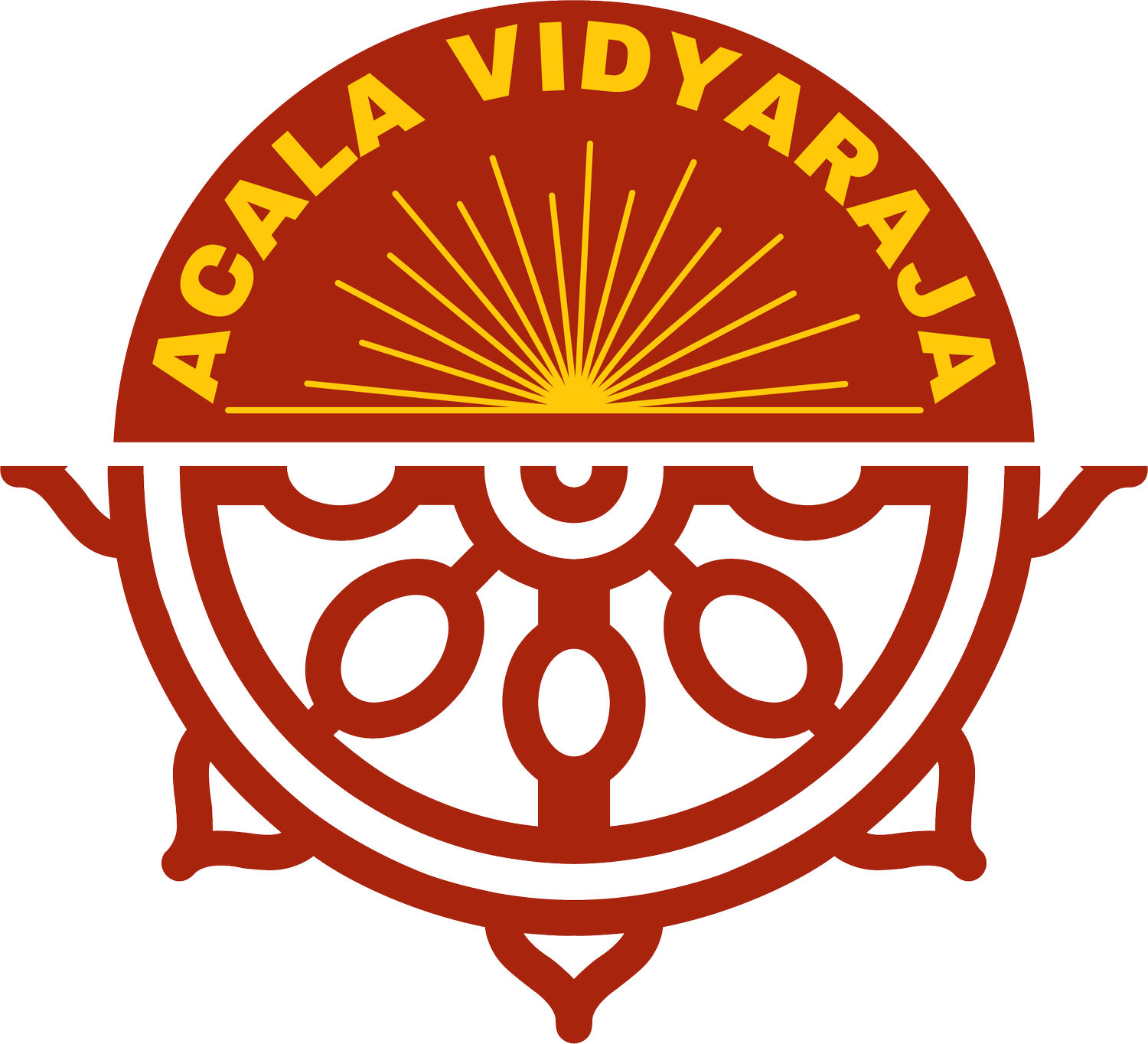Tsok Practice in Vajrayana Buddhism
Tsok, derived from the Sanskrit term "gaṇacakra," is a profound Vajrayana practice involving offering and purification. Practiced particularly on the 10th and 25th days of the Tibetan lunar month, it holds significance in the path to buddhahood.
Meaning of Tsok:
Tsok embodies the dual processes of accumulating merit and wisdom while purifying obscurations. It's considered an expedited method within Vajrayana, swiftly fostering spiritual progress. Often dubbed the "inner fire offering," it holds deep layers of meaning and can be practiced on various levels.
Four Gatherings:
Tsok entails four gatherings:
1. Practitioners: Male and female tantric practitioners convene, fostering pure perception and viewing each other as embodiments of enlightened qualities.
2. Offering Substances: A variety of food and drink symbolizing skilful means and wisdom are generously offered, emphasizing the importance of abundance and avoiding attachment to offerings.
3. Deities:nOfferings: are made to deities and mandalas, representing the gathering of divine forces that support spiritual accomplishments.
4. Merit and Wisdom: The culmination of the first three gatherings results in the accumulation of merit and wisdom, both conceptually and non-conceptually, propelling spiritual growth.
Benefits of Tsok Practice:
The primary benefit lies in the accumulation of merit and wisdom, facilitating spiritual progress. Additional benefits include blessings from Guru Rinpoche, the potential transformation of the practice space into a divine realm, and the pacification of obstacles and fulfillment of practitioners' wishes.
Conclusion:
Tsok practice stands as a potent means within Vajrayana Buddhism, integrating offering, purification, and spiritual progress. Its profound symbolism and transformative potential make it a cornerstone of the Vajrayana path to enlightenment.


